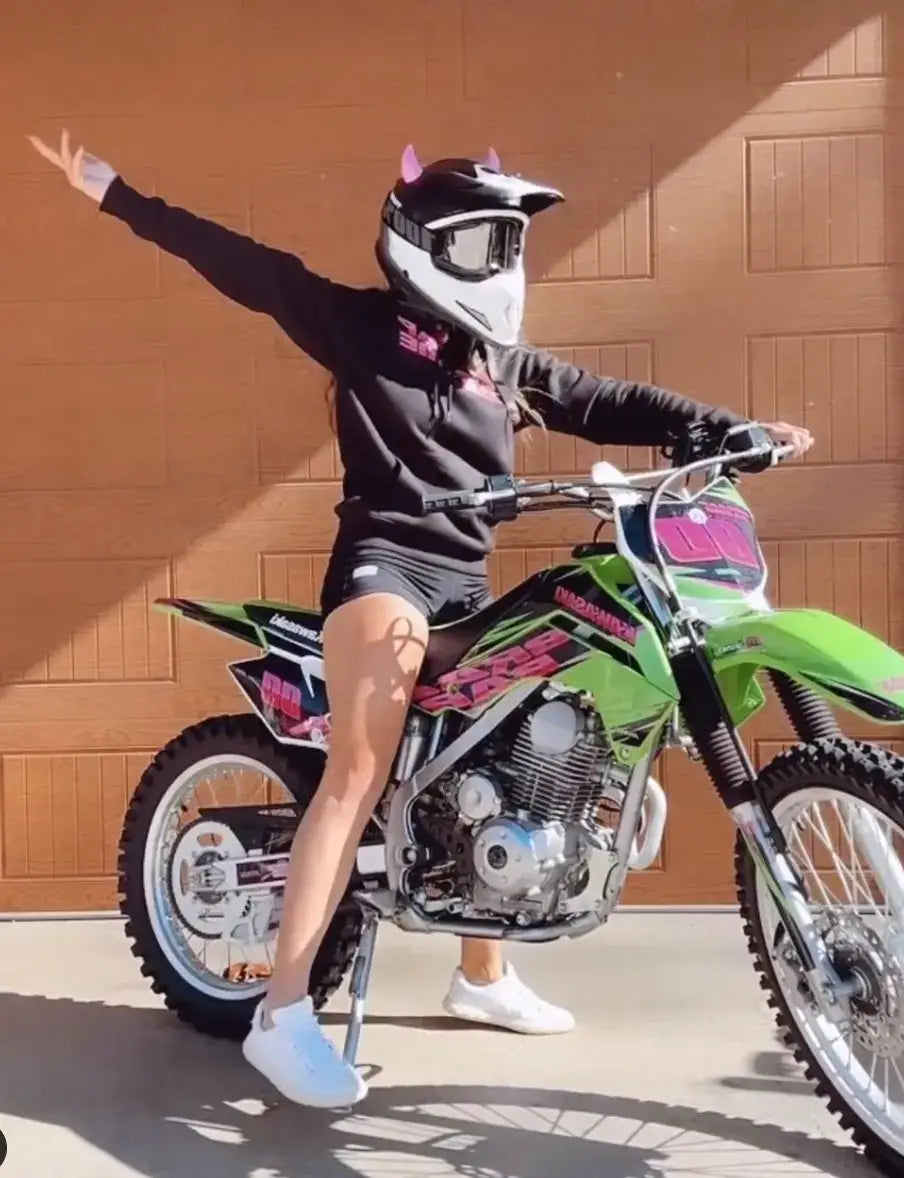Perfect Helmet Fit — Head Shape, Sizing & 7 Mistakes Riders Make
A well‑fitted helmet disappears on your head—until you need it. Whether you ride bikes, boards, or a V‑twin, this guide helps you pick the right size and shape, dial in straps, and avoid the pitfalls that cause hot spots, wobble, or forehead dents.
Step 1: Measure correctly
-
Use a soft tape measure above your eyebrows and ears, level all the way around.
-
Record the circumference in centimeters (most size charts use cm).
-
Compare to the brand’s size chart; sizes vary by maker.
Step 2: Know your head shape
-
Round: Similar width and length
-
Intermediate oval: Slightly longer front‑to‑back (most common)
-
Long oval: Noticeably longer front‑to‑back
Fit test: With the right size, the helmet should contact uniformly. Pressure points on the sides? You may be long‑oval. Forehead hotspot? Try a rounder shape.
Step 3: The 3‑point strap rule
-
Chin strap: Snug so you can fit one or two fingers between strap and chin.
-
Side straps: Form a “V” that meets just below the earlobe.
-
Roll‑off test: With the strap done, try to pull the helmet off—if it moves easily, it’s too loose.
Step 4: Retention and dial adjusters (bike/skate)
-
Start with the back dial loosened, position the helmet level, then tighten until secure—no forehead pinch.
-
Add or remove fit pads evenly to fine‑tune contact.
The 7 common fit mistakes
-
Too big “for growth.” Adult heads aren’t growing. Oversized helmets rotate and can expose the forehead.
-
Worn too high or too low. The rim should sit 1–2 finger widths above the eyebrows (bike/skate). Level for snow/moto.
-
Strap too loose. If you can yawn and the helmet doesn’t tug, tighten it.
-
Ignoring head shape. Size isn’t everything—shape matters as much for comfort.
-
Cap/hood stacking. Beanies, thick caps, or high ponytails can change fit and compromise coverage.
-
Old pads/liners. Compressed or crusty pads change fit. Replace liners per the brand’s guidance.
-
Not rechecking after accessories. Cameras, lights, or flair that change balance/position require a fit re‑check.
Break‑in & comfort tips
-
New helmets can feel snug; they shouldn’t hurt. Mild pressure can ease in 3–5 rides.
-
For cold days, use thin, moisture‑wicking layers designed for helmets.
-
Use anti‑fog steps (proper venting, lens care) for snow and moto visors.
When to replace your helmet
-
After any significant impact or drop onto a hard surface
-
If the shell is cracked, the EPS is dented, or straps/buckles are damaged
-
At the maker’s suggested interval (often 3–5 years, depending on use)
CTA: Once the fit is dialed, make it yours. Browse MagNeatOhz and Softeez—fun add‑ons that won’t mess with your hard‑won fit.
FAQ Q: My measurement puts me between sizes. What now?
A: Try both. Different brands run big/small. Choose the one that’s snug without pressure points.
Q: Can I adjust a helmet to fix head shape?
A: Minor pad swaps can help, but shape mismatches rarely disappear. If it hurts after 10–15 minutes, try another model/shape.
Q: How tight is too tight?
A: If you get numbness, headache, or deep red marks that don’t fade quickly, it’s too tight or the wrong shape.









